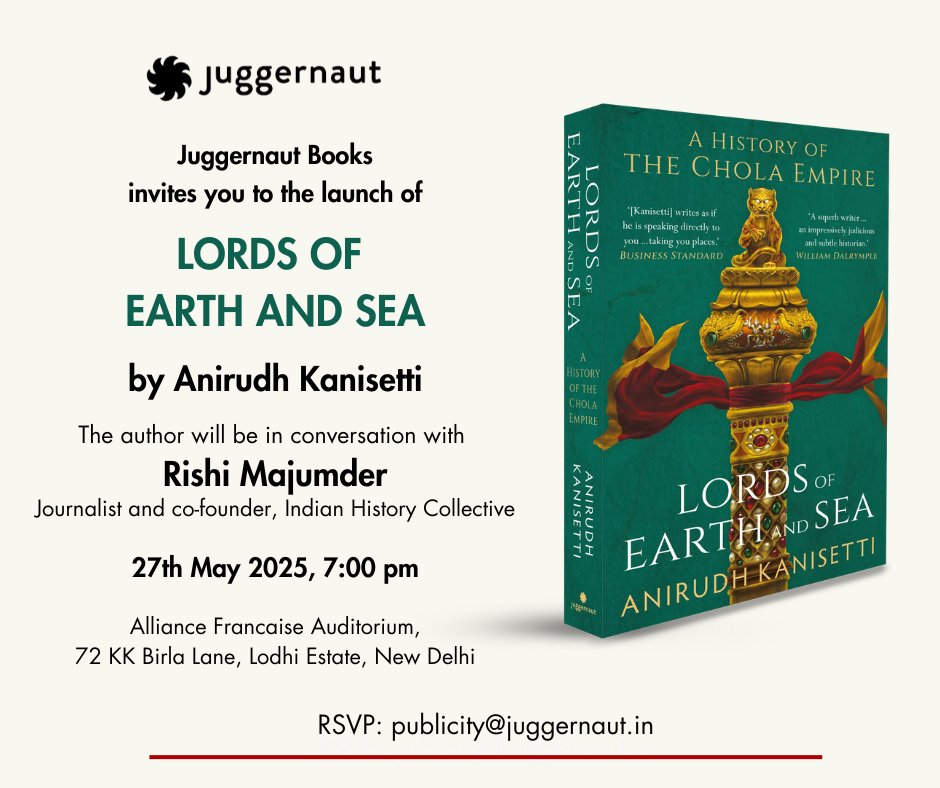
Rishi Majumder
@rishimajumder
Current: indianhistorycollective.com Previous: Vice, BalconyTV, The Big Indian Picture, Tehelka, Mumbai Mirror. Words in various.
ID: 47296423
https://muckrack.com/rishi-majumder 15-06-2009 09:08:59
23,23K Tweet
3,3K Followers
917 Following




Biblical demons and Indian gods were all lumped together in one universal category of monsters, argues writer and historian Manu S Pillai in his book Gods, Guns and Missionaries, as he examines how early European travellers and missionaries looked at the Hindu world through the





Our hosts are at the jaipurlitfest ! Catch them live or online. Mukulika Banerjee Pragya Tiwari



Looking forward eagerly to this session with David Wagner and Ambarish Satwik Delhi peeps do register. See you next Friday!






Delhi, meet the Cholas. I'll be in conversation with the erudite Rishi Majumder of Indian History Collective the coming Tuesday, May 27, at Alliance française de Delhi . We'll be talking about the world of medieval South India: politics, society, architecture, gender. juggernautbooks Chiki Sarkar










